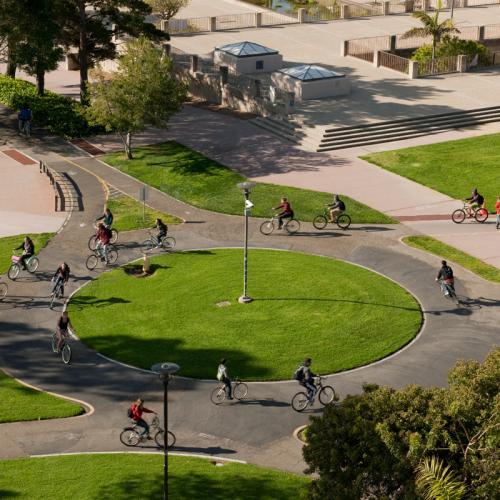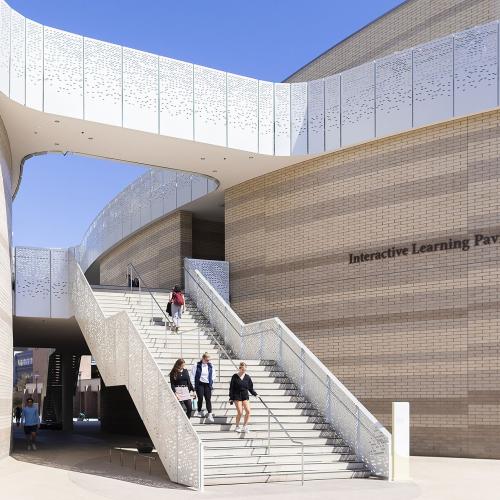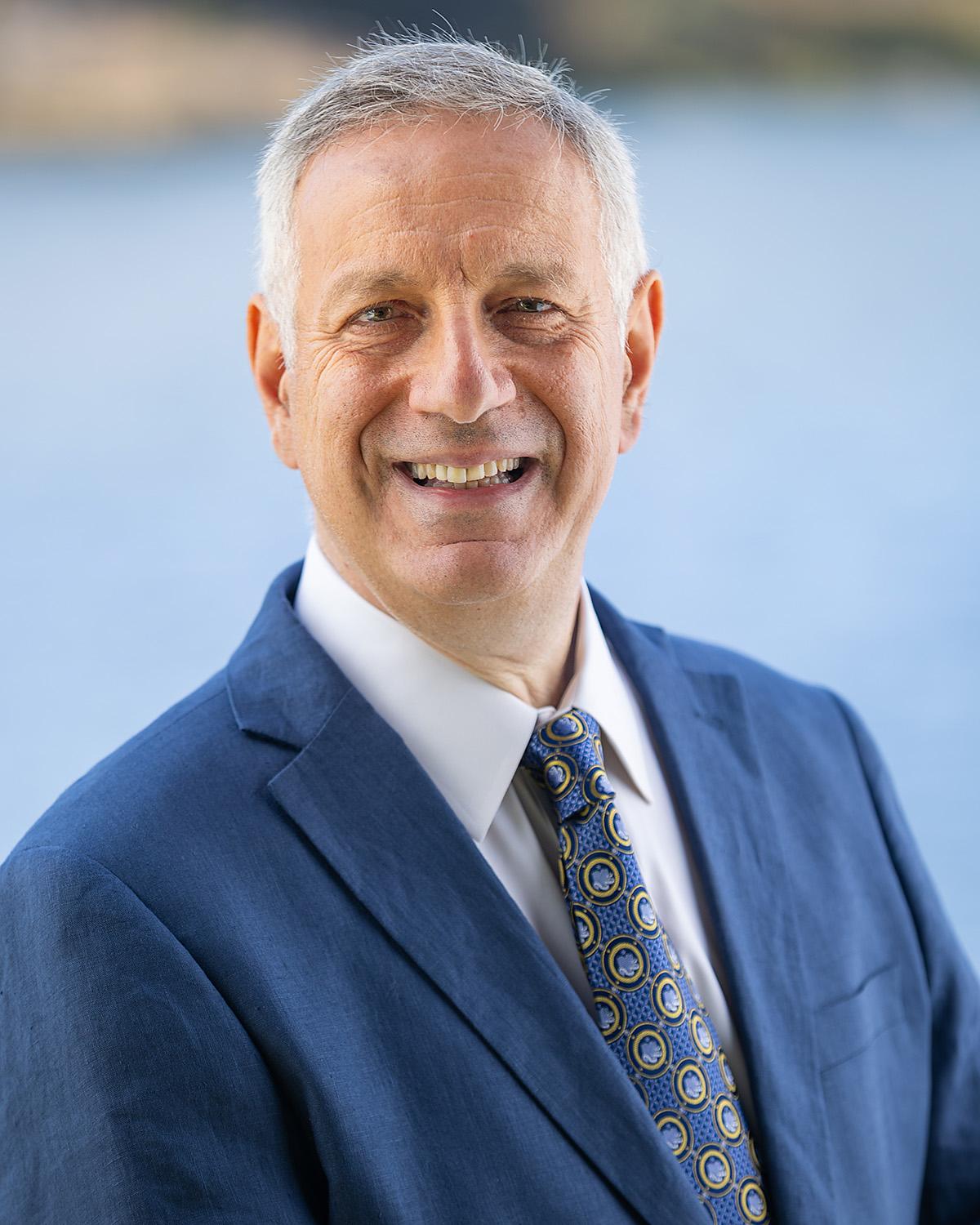UC Santa Barbara
is embarking on a sea-change in the way our campus uses energy.
C·CHANGE (Campus Clean Heating And Next Generation Energy) will cut our direct carbon emissions by eliminating fossil fuel use in campus operations as we transition to clean electricity.
Our logo reflects our clear vision for the future of campus decarbonization and the transition to clean energy. The acronym C·CHANGE stands for Campus Clean Heating And Next Generation Energy. The initial "C” has multiple meanings. It is the symbol for the element “Carbon”, symbolizing our commitment to reducing carbon emissions. It can be read as “Sea” (as in “Sea-Change”), embracing the fundamental transformation of our energy systems, while also invoking our coastal location; and, of course, as "See", an invitation to our community to see the change in our physical campus and in our future-facing outlook.




Cutting Carbon Emissions
The University of California’s Sustainable Practices Policy sets a target for each UC campus to reduce its total greenhouse gas emissions (Scopes 1, 2 and 3) by 90% or more by 2045, compared to 2019.

What UC Santa Barbara's C·CHANGE carbon reduction equates to:



Questions?
If you have any questions, please send us an email at decarb@ucsb.edu